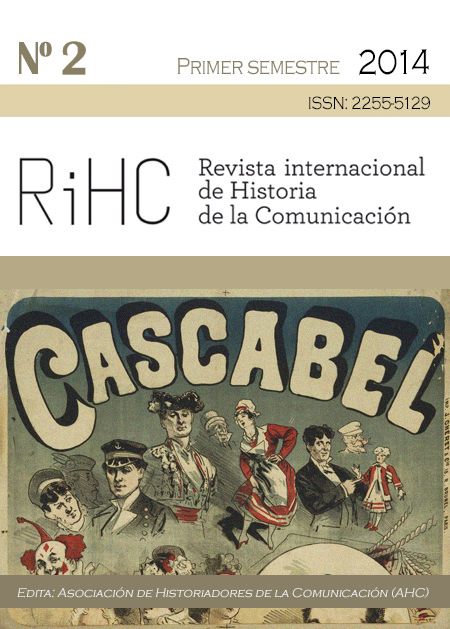Libertad de expresión y sátira política: un estudio jurisdiccional
DOI:
https://doi.org/10.12795/RiHC.2014.i02.05Keywords:
Libertad de expresión, Sátira, Tribunal Constitucional, Tribunal Europeo de Derechos Humanos, JurisprudenciaAbstract
La sátira, especialmente la política, tiene y ha tenido una presencia constante en las manifestaciones creativas y de expresión del ser humano. Concebida para hacer reír, generar sorpresa o estupor, la sátira se hace presente como instrumento de denuncia y crítica social en las distintas manifestaciones del arte. La sátira es el arma idónea para hacer crítica social desde la inteligencia humana, y como tal, una manifestación más de la libertad de expresión y de la creación artística, derechos fundamentales concebidos, desde el primer constitucionalismo, como límites a los desmanes en el ejercicio del poder.
Pero, la libertad de crítica satírica ¿merece siempre una protección preferente?¿se trata de una libertad absoluta? Y si no lo es, ¿cuáles son sus límites? El presente artículo acude a la jurisprudencia de las Cortes constitucionales más relevantes y a la del Tribunal Europeo de Derechos Humanos para tratar de delimitar el alcance y límites de la libertad de expresión satírica.
Downloads
Downloads
Published
How to Cite
Issue
Section
License
RiHC. Revista internacional de Historia de la Comunicación is an open access publication, offering its content under the principle that making research available to the public free of charge contributes to the greater exchange of global knowledge.
RiHC. Revista internacional de Historia de la Comunicación adheres to the various initiatives that promote access to knowledge. All content is therefore free of charge and is published under the Creative Commons Attribution-NonCommercial-ShareAlike 4.0 International license.
By virtue of this, the authors who publish in this journal accept the following conditions:
- Open access content may be freely shared (that is, copied and redistributed in any medium or format) and adapted (remixed, transformed and built upon).
- Attribution: The user of the content must give appropriate credit, provide a link to the license, and indicate if changes were made. This may be done in any reasonable manner, but not in any way that suggests the licensor endorses the user or their use.
- Non Commercial: The content may not be used for any commercial purpose.
- Share Alike: If the content is remixed, transformed or built upon, it must be distributed under the same licence as the original.
- No additional restrictions: No legal terms or technological measures may be applied that legally restrict others from doing anything the licence permits.
Accepted 2018-09-29
Published 2014-06-13
- Abstract 264
- PDF (Español (España)) 156





